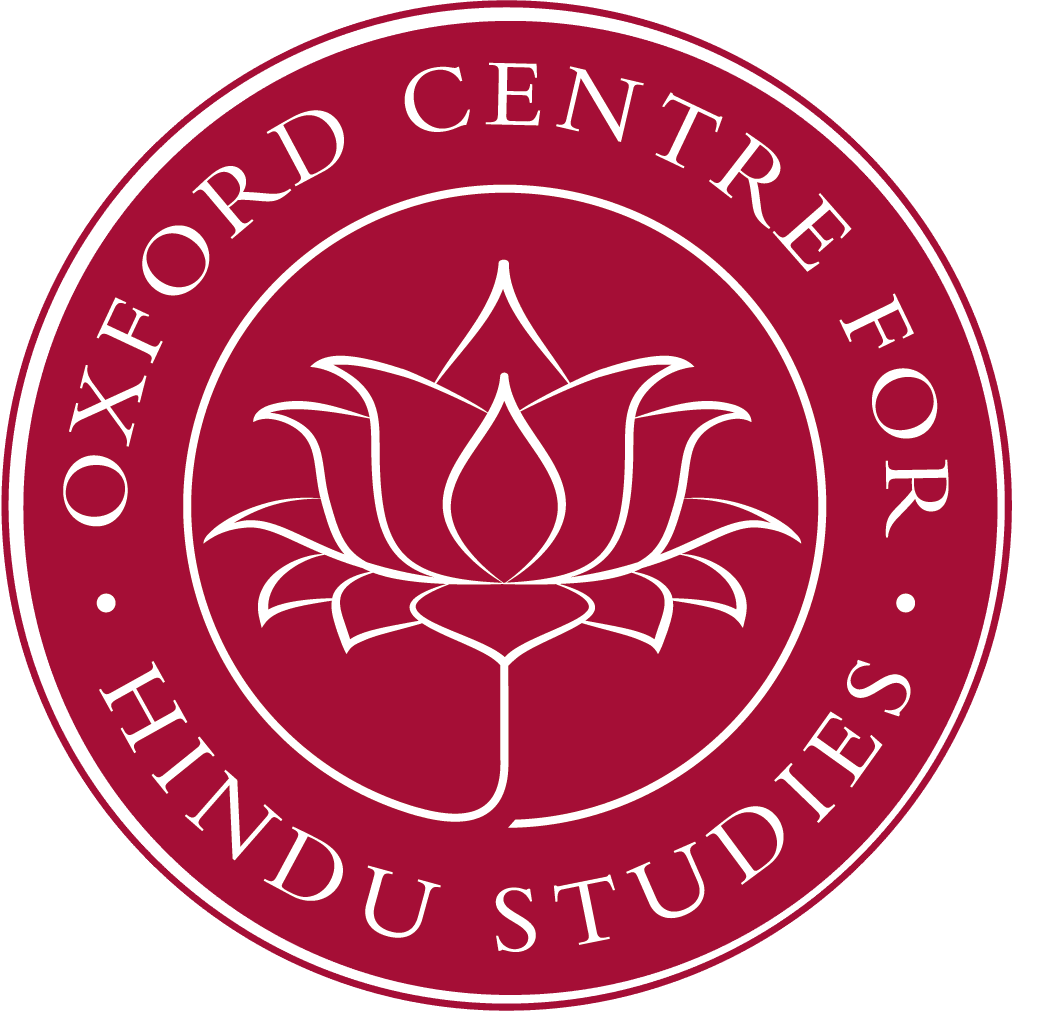Archives: Lectures
Varieties of melaka in the Jayadrathayāmala
The encounters with yoginīs, called melaka or melāpa, constitute the core of the post-initiation tantric practice in the Vidyāpīṭha texts, and priya- and haṭha- varieties were well known to the pre-Abhinavagupta śaiva tantric literature. This presentation will explore the nature of the haṭhamelaka as it is described in the Jayadrathayāmala, including its relation to the practice of provoked possession (āveśa), as well as of some other rare varieties of melaka that can be found in this text only.
The Śākta Co-option of Haṭhayoga
Text-critical study of the earliest texts to teach haṭhayoga (c.11th-13th centuries) shows that in its first formulations it was closely associated with traditional ascetic practice and that the aim of its techniques, which were physical, was to boost the beneficial effects of celibacy (or, at least, continence). Śākta traditions dating to a similar period had developed a system of yoga in which the yogin visualised the rising of Kuṇḍalinī from the base of the spine up through a series of cakras. This Kuṇḍalinī yoga, together with some other techniques developed in a Śākta milieu, was overlaid onto the techniques of haṭhayoga in texts such as the Vivekamārtaṇḍa, Gorakṣaśataka and Haṭhapradīpikā. The haṭhayoga taught in the latter text in particular became definitive and since its composition (c. 1450) Kuṇḍalinī-based haṭhayoga has been the dominant form of haṭhayoga, and indeed yoga more broadly conceived. The co-option of haṭhayoga by a Śākta tradition is representative of both the development within Śāktism of a less exclusive, more universal yoga and of the formation of the Nāth saṃpradāya. The first gurus associated with the Nāth order, Matsyendra and Gorakṣa, were part of a non-celibate Śākta tradition which developed in the Deccan. Out of this tradition there developed the celibate order of Nāth ascetics whose influence ranged, and ranges, over all but the southeast of the subcontinent.
The (un)dreadful goddess: Aghorī in early śākta tantras
This paper proposes to examine the figure and role of the goddess Aghorī (lit. ‘undreadful’) in early śākta tantras from about the seventh to ninth centuries CE, particularly in the Brahmayāmala and the Siddhayogeśvarīmata. In addition to being Bhairava’s consort (and identical with Bhairavī, the Frightening One), Aghorī appears in various sets of eight goddesses, who may represent the eight Mother goddesses (mātṛ). She is also said to be at the origin of all yoginīs. First, I shall try to explore the relation between Aghorī and her vedic counterpart, Aghora, and then to see how she attains the status of the supreme goddess in some contexts. The question of her presence or absence on different maṇḍalas will also be raised, and the consequences such details of the cult may entail will be analysed. Finally, I shall discuss her role in the creation of a specifically śākta pantheon.
On Goddesses and the Category Śakti in Early Tantric Śaivism: the case of the Niśvāsatattvasaṃhitā
This presentation explores the nature and historical development of goddesses and the category of Śiva’s “power(s)” (śakti) in the archaic Niśvāsatattvasaṃhitā. It is observed that while female deities have limited cultic importance, their significance increases in the later strata of the text, especially the Guhyasūtra. A shift from apotheoses of feminine-gendered cosmological categories to embodied goddesses appears evident, as are early developments in characteristic Śaiva doctrines concerning the roles of śakti in cosmogony and grace. The presentation also highlights some of the ways in which ritual forms and concerns of the Niśvāsatattvasaṃhitā presage those of early śākta-oriented tantric systems.
Keynote: The Rise of Goddess Worship in Early Medieval India
Alexis G. J. S. Sanderson is Spalding Professor of Eastern Religions and Ethics, All Souls College, University of Oxford. He is a renowned expert on the history of Saivism and on tantric traditions. After taking undergraduate degrees in Classics and Sanskrit at Balliol College, Oxford, he spent six years in Kashmir studying with the celebrated scholar and Saiva guru Swami Lakshman Joo. From 1977 to 1992 he was Lecturer in Sanskrit in the University of Oxford, and Fellow of Wolfson College. Since 1992 he has held the Spalding Chair of Eastern Religions and Ethics in the University of Oxford, and is a Fellow of All Souls College.
Approaches to Religion 3: Politics
The third seminar will discuss the relation of religion to politics and the place of religion in the public sphere. We will look at the idea of the critique of religion as emancipatory critique (Nietzsche, Foucault), the exclusion of women from the symbolic order (Kristeva, Irigaray) and how this is articulated in India (Manushi).
